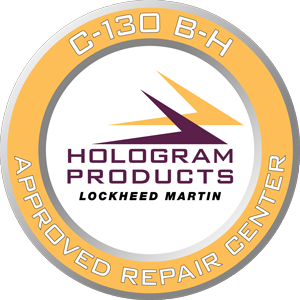Gearboxes
Repairing an airplane gearbox is a difficult task that demands specific knowledge, skills, and equipment. This procedure can be divided into multiple steps:
1. Inspection:
The first step is to thoroughly inspect the gearbox. This includes inspecting the gears for signs of wear and tear, such as cracks, chips, or deformations. Technicians also search for indicators of lubrication problems or overheating, both of which can cause premature wear or damage.
2. Disassembly:
Following the completion of the initial inspection, experts carefully disassemble the gearbox. This must be done in a methodical and thorough manner to avoid damaging the pieces and ensuring that they can be correctly reassembled later.
3. Cleanign:
To eliminate any dirt, filth, or residues, all parts are carefully cleaned. This phase is critical to ensuring that individual parts are accurately inspected.
4. Detailed Inspection:
Following cleaning, each part is subjected to a more thorough inspection. This could include using specialized instruments or procedures like magnafluxing to identify small fractures, ultrasonic testing for internal defects, or coordinate measuring machines (CMM) to precisely measure part dimensions.
5. Repair or Replace:
Depending on the kind and extent of the damage, damaged parts are either repaired or replaced. Repairs may entail operations like machining or welding. In many circumstances, parts are simply replaced to ensure the gearbox’s general reliability.
6. Reassembly:
The gearbox is meticulously reassembled once all parts have been inspected, repaired, or replaced. This includes ensuring that all parts are properly aligned, that all nuts and fasteners are torqued appropriately, and that the gearbox is adequately oiled.
7. Testing:
The gearbox is tested after reassembly to guarantee proper operation. Bench testing under load circumstances, vibration analysis, noise monitoring, temperature checks, and leak checks are all possible.
8. Documentation:
All actions, parts replacements, and test results are meticulously documented. This offers a maintenance history that may be used for future reference and is required to ensure compliance with aviation standards.
Each of these stages are carried out by certified aviation maintenance professionals in accordance with the specifications provided by the aircraft and gearbox manufacturers. When working on aircraft components, safety is always the main priority, and all repairs adhere to high aviation standards and regulations.




